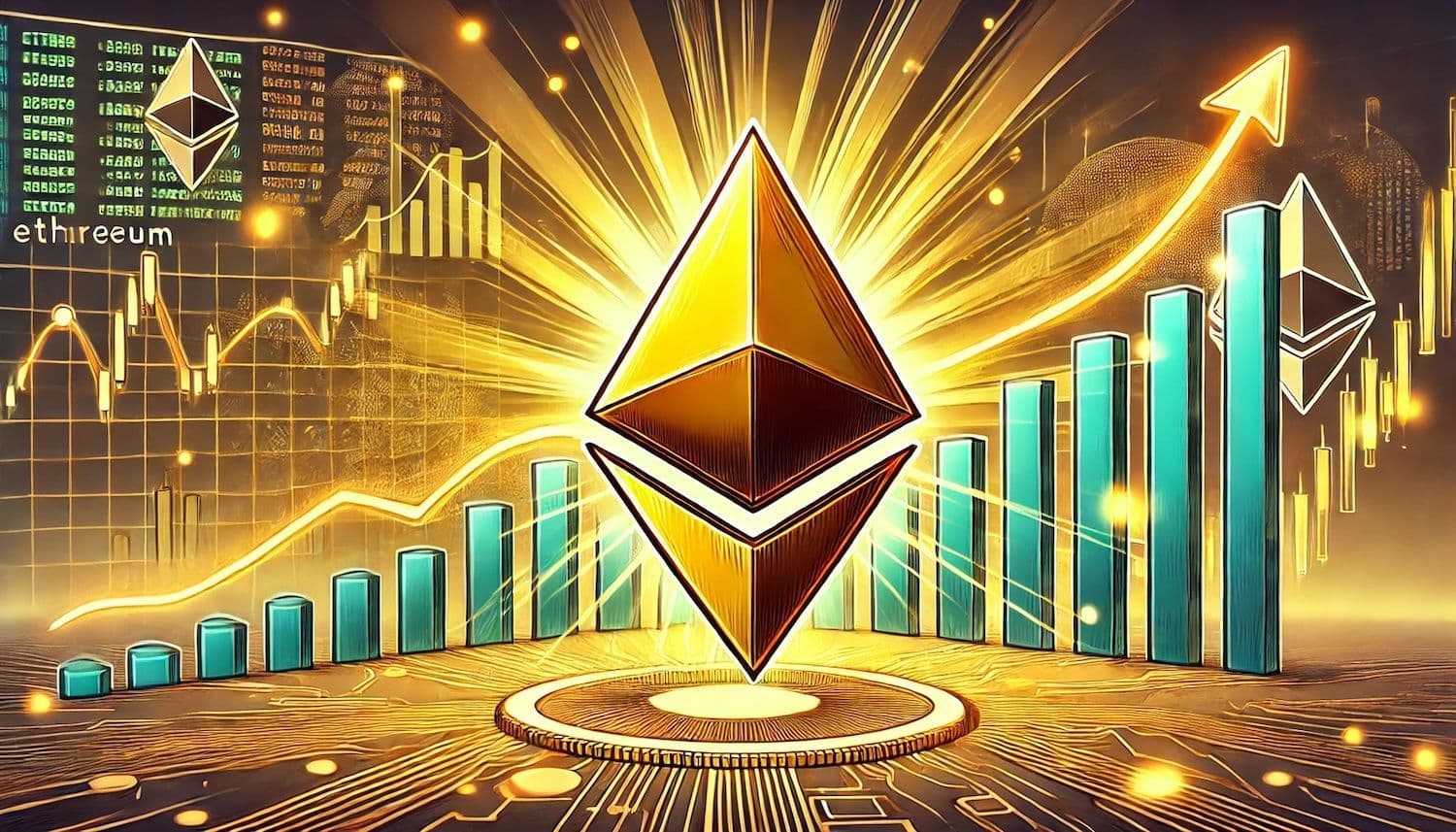Ethereum, the second-largest cryptocurrency by market capitalization, is facing a significant economic shift. Its inflation rate has reached a two-year high of 0.74%. This development is raising concerns among investors and analysts. The surge in inflation threatens Ethereum's long-held status as "ultrasound money", the term refering to its supposed deflationary nature.
The data comes from Binance's October 2024 Monthly Market Insights report.
Ethereum's issuance rate is at its highest level since 2022. Reduced on-chain activity and lower burn rates are key factors. These changes are altering the asset's economic dynamics.
The findings challenge a fundamental assumption about Ethereum. Many believed it could maintain a deflationary nature indefinitely, but this belief is now under scrutiny. Layer-2 solutions are playing a significant role in this shift. Networks like Arbitrum and Optimism have gained popularity, processing transactions off the Ethereum mainnet.
These solutions offer lower gas fees for users. However, they also reduce the amount of Ether (ETH) burned through transaction fees. And this mechanism is crucial for Ethereum's economic model.
The Ethereum Improvement Proposal (EIP) 1559 was introduced in 2021. It implemented a fee-burning mechanism. But with fewer mainnet transactions, the volume of burned ETH has declined.
Binance's report highlights the impact of layer-2 adoption. "As L2s cannibalized network activity throughout the year - further impacted by broader market conditions - transaction fees and, consequently, burned fees on Ethereum declined," it states.
Vitalik Buterin, Ethereum's co-founder, is focusing on network participation. He recently supported reducing the minimum ETH deposit for solo stakers. The current requirement is 32 ETH. Buterin suggests lowering this to 16-25 ETH. This change could increase network participation and might also influence Ethereum's economic model.

